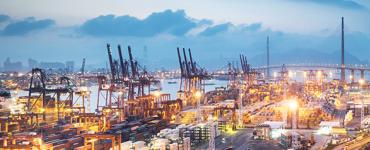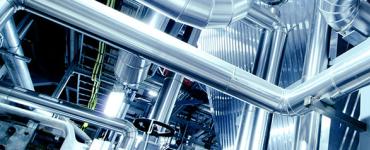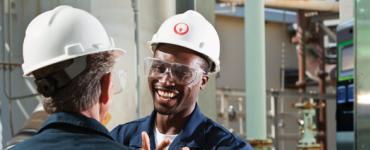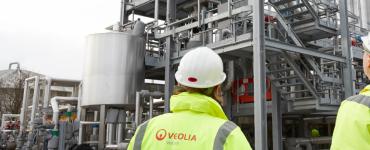- Home
- Latest News
- Where did the resin go?
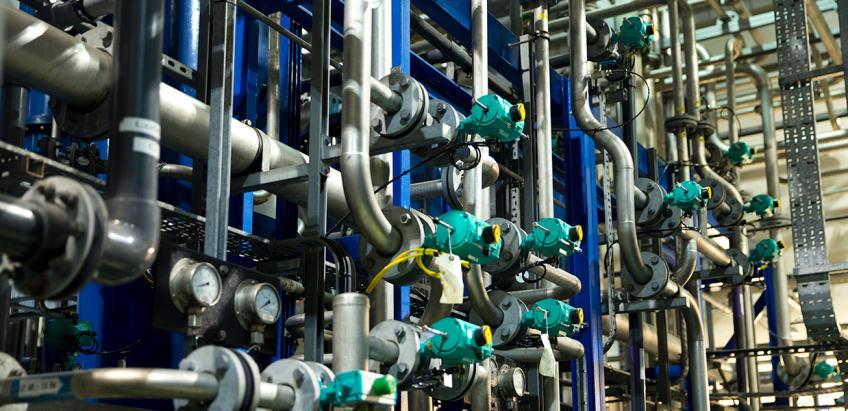
Where did the resin go?
Adrian Clough of Veolia Water Technologies looks at the environmental aspects of Service Deionisation
Seeing the Rolling Stones headlining at Glastonbury is a reminder that the 1960s are still within living memory. It was back then that Walter Lorch, the founder of Veolia Water Technologies, pioneered a new approach to water purification: service deionisation (SDI). The concept was simple. The customer received a barrel (actually an aluminium beer keg) filled with mixed bed ion exchange resin which was connected to the mains water supply and produced deionised water. When the resin was exhausted the cylinder was returned to the company in exchange for a recharged cylinder.
If you operate a surface finishing business you will need no convincing of the benefits of using deionised rinse water in achieving a high quality product finish, and SDI is the product of choice. Flexible, convenient and inexpensive, SDI eliminates the worry about regeneration chemicals. But what happens to ion exchange resins when the cylinder is returned to the service provider? Although this is the responsibility of the service provider, the customer has a duty of care to ensure that the resin's fate does not cause pollution, so it makes sense to check out the environmental credentials of your supplier.
SDI today is an established product offered by a number of companies, many of whom dispose of used resin to landfill. Given that ion exchange resins are manufactured from oil based plastics - polystyrene or polyacrylate - a more sustainable option is to regenerate the exhausted resins and re-use them.Veolia Water Technologies' Regeneration Centre in Stoke-on-Trent, one of the largest in the UK, handles over a million litres of resin annually, much of it from customers in the surface finishing industries. About 98% of this resin is regenerated and recycled. Only when chemical or physical breakdown makes it unusable is resin disposed, of and then, rather than sending it to landfill, it is incinerated to produce electricity.
At the Regeneration Centre (pictured), every batch of resin that is received is identified and fully traceable back to the its previous regeneration. Resins are analysed in the laboratory before and after regeneration to check their condition and to ensure that they are fully restored to original condition, and regeneration wastes are neutralised and carefully monitored for compliance with the Regeneration Centre's discharge consent limit. The whole operation is controlled in accordance with the ISO14001 Environmental Management system.
The Regeneration Centre was designed for water conservation with recovery of unused regenerant chemicals to minimise waste discharge, and recycling of final rinse water to reduce water consumption. Each year the Regeneration Centre uses about 20,000m3 of water. This water is drawn from the mains supply and treated by reverse osmosis to meet the high purity standard required by the ISO9001 quality system. The reject (concentrate) stream from the reverse osmosis plant, around 7,000m3 per year, used to be discharged to the effluent handling system. As part of their Sustainability Commitment, ELGA Process Water carried out a complete water audit of the centre and identified that this waste stream could be recycled. To achieve this they installed a SIRION™ Maxi recovery reverse osmosis system, essentially a second reverse osmosis plant that treats the reject stream from the main reverse osmosis system. The SIRION™ Maxi currently recovers approximately 4,500m3 of water per year which is then recycled to the feed tank for the main reverse osmosis plant. With reduced mains water usage and less wastewater discharged to sewer, the Regeneration Centre has achieved a significant reduction in its water footprint.
Like the Glastonbury Festival, SDI has gone from strength to strength and, superficially, both have changed little over the years. However, behind the scenes both have become rather more sophisticated. ELGA Process Water now use high specification glass fibre reinforced polyester cylinders rather than aluminium barrels, and they regularly monitor the Regeneration Centre for water and carbon footprint to check that the regeneration process is being carried out as efficiently and sustainably as possible. Quality control ensures that regenerated resin performs to specification and full traceability.
